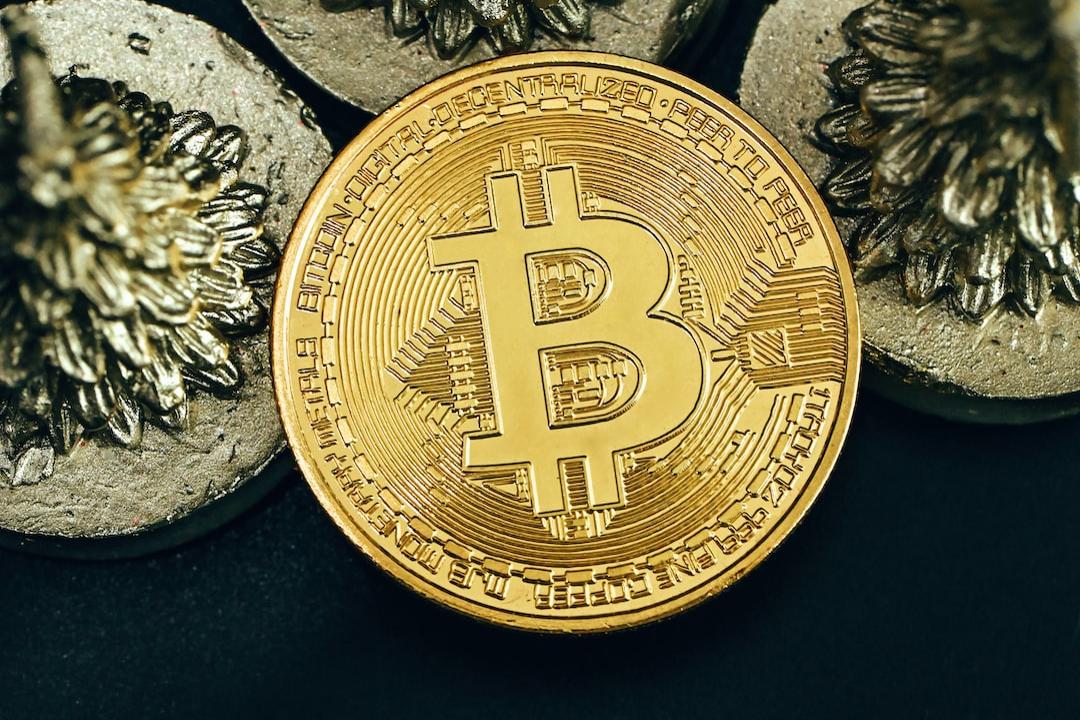Polkadot, the digital asset, is facing a daunting challenge in attracting and retaining investor interest. Its negative Sharpe Ratio and decreasing participation in the futures market indicate low risk-adjusted returns and waning investor confidence. These factors pose a significant obstacle to Polkadot’s price recovery.
The Sharpe Ratio, which measures the risk-adjusted return of an investment, currently stands at a concerning -5.17 for Polkadot. This negative figure deters potential investors who are looking for investments with favorable risk-return profiles. It highlights the difficulties Polkadot faces in attracting investors and indicates that its performance has been unsatisfactory compared to the risks involved.
Retaining the interest of current DOT holders is also crucial for Polkadot’s recovery. However, data shows that traders are withdrawing their money from the futures market, signaling a decline in investor confidence and an increased risk of further price erosion.
The combination of unattractive risk-adjusted returns and decreasing interest in the futures market presents a formidable barrier to Polkadot’s price recovery. Currently trading at $6.6, the digital asset has already undergone a significant correction and is vulnerable to additional downside pressure. Market analysts warn that if the critical support level of $6.3 is breached, Polkadot’s price could plummet further, potentially reaching $5.7, a four-month low.
In order to overcome these challenges, Polkadot must regain investor confidence and attract fresh capital. Whether by improving risk-adjusted returns or reigniting interest in the futures market, Polkadot needs to establish itself as a compelling investment opportunity in the competitive cryptocurrency landscape. The project’s ability to do so will shape its future trajectory.


